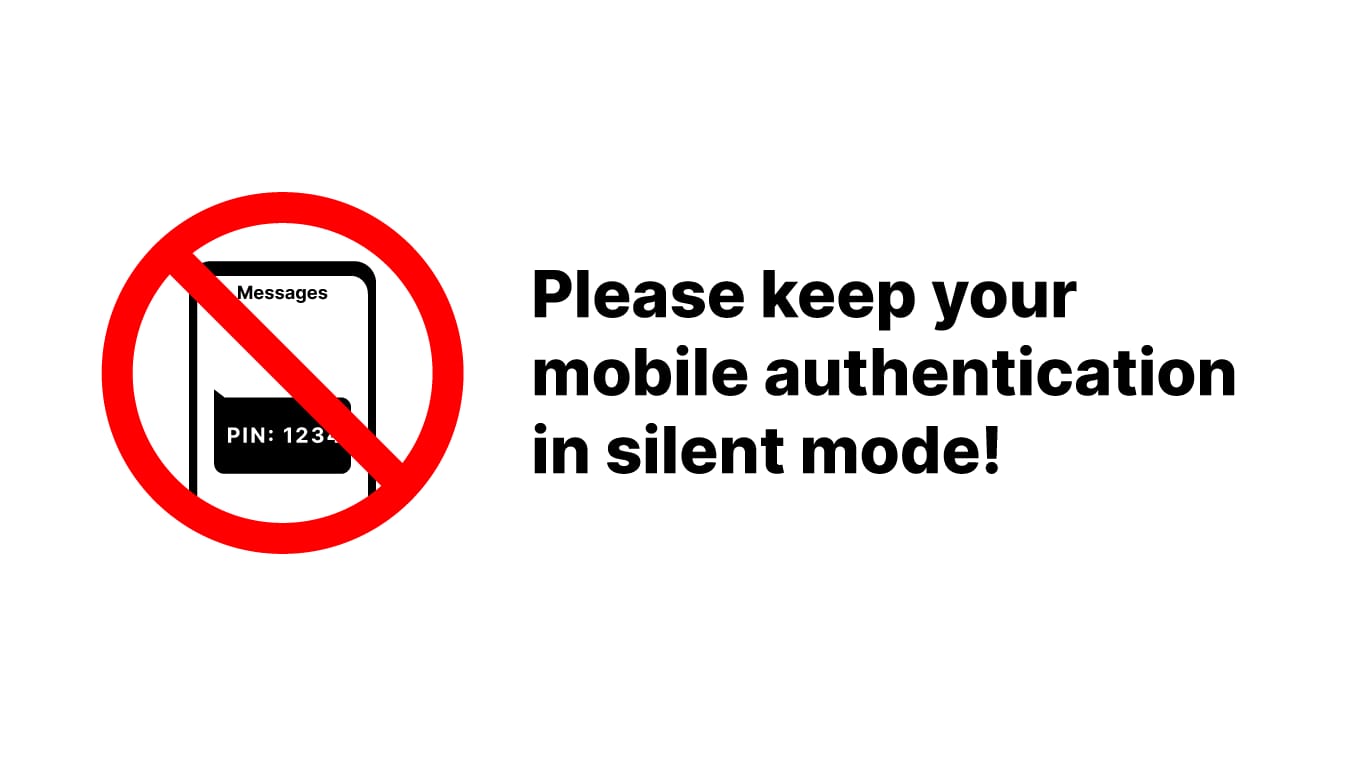User experience is one of the biggest competitive advantages nowadays, we know this. It’s true in any industry, but especially in mobile authentication and cybersecurity solutions.
In fact, users who found authentication convenient used various digital services 10-20% more than those who were frustrated by it. If that wasn’t enough, these customers were actually spending about 45% more than their counterparts, thus helping to illustrate the value that frictionless authentication can provide.
That being said, you’ll often see security and user experience pitted against each other. It’s a part of the reason that we’ve seen app developers choose user experience over security, ending up with serious weaknesses in their apps.
But the truth is: this doesn’t have to be the case. In 2023, it’s possible to have both.
Security and a great user experience should go hand in hand
The premise from the start should be that security and user experience are equally as important.
Today, when cyberattacks are on a constant increase, it’s up to the businesses to fight off the feeling of uncertainty and win over user trust, but also make their products and services easy to use.
To start with, 58% of adults are more worried than ever about being a victim of cybercrime. That says a lot, doesn’t it?
It’s why an effective mobile security strategy can easily become one of the biggest competitive benefits. Businesses that provide peace of mind will get to eat a big piece of the pie!
But, it’s not going to be that easy. We also have to ensure the user experience is frictionless. The security of your mobile app and its reputation will get you leads and customers, but the user experience will keep them there.
70% of users prefer an authentication option for its ease of use. On a similar note, 60% of users feel they are occasionally, frequently, or always slowed down or blocked from accessing services online. And when that happens, 43% are reported to simply abandon an onboarding process due to friction with proving their identity — before they even start using the service.
We’ve seen how valuable user experience in general is (a 1-sec delay in page load time causes a 7% loss in conversions, FYI), so it should come as no surprise that the same holds true for cybersecurity and mobile authentication.
A seamless user experience, in addition to great security, will help you increase your conversion and retention rates, significantly boosting your bottom line.
All this talk about the importance of security and UX, but what would this look like in practice?
Demystifying an ideal mobile authentication user experience
Depending on your tech stack, an ideal mobile authentication user experience will be specific to your use case. However, this doesn’t stop us from outlining some general guidelines to follow.
👉 Zero or one-click process
One of your main goals should be to minimize user action, and enabling mobile authentication with zero or one click is one of the best ways to achieve this.
With the rise of biometric authentication in smartphones, users have come to expect this. It’s why solutions such as the mentioned biometrics and IPification are some of the best to choose.
On the other hand, you have SMS OTP 2FA or authenticator app 2FA. Both require at least two different apps to verify, with users frequently having to quit yours, open the other, copy, open your app back and finally verify.
Biometrics and IPification? Both complete verification within milliseconds and after a single prompt, making for a stellar user experience. Better yet, IPification can even run in the background, leaving the user secure yet uninterrupted.
👉 Passwordless
With each coming day, passwords are becoming more insecure. Yes, it’s why you’ve been seeing so much “passwordless” online recently. All of these articles aren’t wrong.
80% of breaches involve brute force attacks or the use of lost or stolen credentials, both of which are targeted at passwords.
Customer attitudes reflect this, too. As a matter of fact, 68% believe passwords to be the least secure method of security. So if you’re opting to keep passwords due to user familiarity, you can finally let them go.
Opt for a passwordless option, enable higher security and a better UX, and chances are you’ll see significant improvements in your acquisition, engagement and retention rates.
👉 Fast sign up/sign ins
You’ve seen the effect one second delay has on conversions above. Therefore, speed is no longer an advantage, it’s an expectation.
Businesses should make sure they answer this demand so as not to risk losing their customers to their competitors.
👉 Multi-factor authentication
Just about the safest mobile authentication system out there, multi-factor authentication is reported to prevent 99.9% of cyberattacks.
It’s why it’s now a requirement for the majority of cyber insurance plans. However, not all MFA systems are made the same. For cybersecurity and UX, you should choose complimentary options that cover for each other’s weaknesses without hindering the user experience.
Talk to your IT and security officers to identify the best course of action for your product, including the specific solutions that you plan on using.
Biometrics provide a superior user experience, but they also come with potential privacy risks. While 2FA using authenticator apps provides excellent security, it can be inconvenient for users.
On the other hand, mobile IP address-based authentication options like IPification offer a seamless and secure registration and login experience, and they can even support continuous authentication without disrupting users.
In contrast, passwords and SMS OTP-based 2FA should be avoided due to their security vulnerabilities.
👉 Zero trust-compatible
In addition to MFA, the Zero Trust security concept is one of the biggest cybersecurity trends in recent years — and with good reason.
In case you’re unfamiliar, Zero Trust refers to an approach in cybersecurity that makes an assumption that all users and devices are potential threats, both inside and outside of a company’s network. As such, it provides one of the highest levels of security there is.
A great guideline for choosing your mobile authentication system is to ensure your options are zero-trust compatible.
Solutions such as IPification, for example, use trusted protocols for user’s ID confirmation based on mobile network data only ensuring zero trust security.
👉 Inflexible privacy
There should be no compromise on data privacy either. Did you know that an overwhelming 86% of people say they’re either very or somewhat concerned about the misuse of their personal data by businesses? Yes!
It’s what has influenced the creation of many digital regulations (that you should make sure your authentication system is compliant with), as well as categorized data privacy as one of the biggest competitive advantages a brand can have.
Keep in mind that every app’s cybersecurity system will differ depending on the specific use case. But we can help you identify yours. Just contact us to schedule a free consultation with our team of cybersecurity experts.



